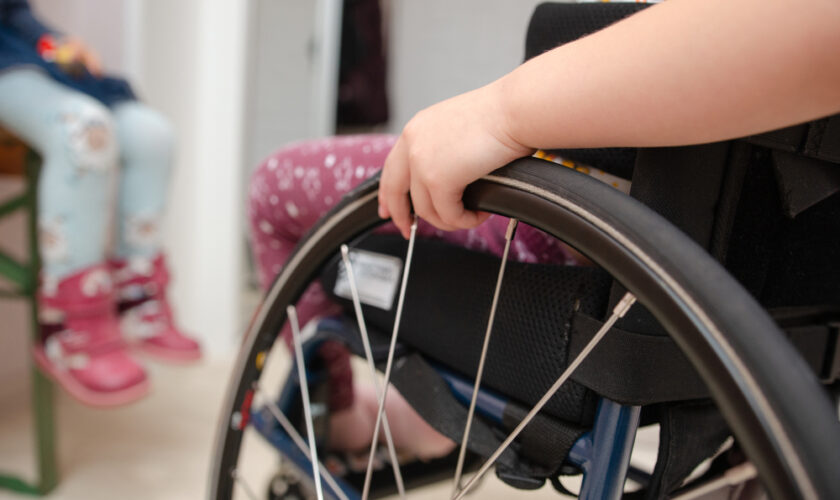When it comes to purchasing a used car, having correct and dependable data is crucial. Fortunately, with the Vehicle Identification Number (VIN), you probably can access a wealth of essential details about a particular car. In this article, we are going to explore how you can acquire valuable car information by VIN and why it is essential for any potential car buyer or owner.
The Importance of Car Information by VIN
The VIN is a singular code assigned to each car, serving as its fingerprint. By decoding the VIN, you acquire access to a complete historical past of the automotive’s specifications, maintenance data, accident reports, and far more. This allows you to make informed choices when buying a used automotive, guaranteeing that you’re aware of its past and potential points.
How to Obtain Car Information by VIN
Obtaining car information using the VIN has by no means been simpler. Here are some methods:
- Online VIN Decoder Websites: With a fast search on the web, yow will discover numerous web sites that provide VIN decoding services. Simply enter the VIN, and these platforms will offer you detailed details about the automobile’s make, model, yr, engine type, transmission, and different specs. Some websites could even present additional information like accident historical past and previous owners.
- Manufacturer or Dealership: Another option is to contact the car’s producer or a trusted dealership. They have entry to in depth databases and might give you correct and up-to-date information about the car based mostly on its VIN. This technique is especially helpful if you want more detailed info or need assistance in deciphering the information.
- Mobile Apps: Many cellular functions are available that let you scan the VIN using your smartphone’s digital camera. These apps can shortly decode the VIN VIN lookup and provide you with prompt entry to essential automobile info. They are handy and user-friendly, making them a well-liked alternative amongst automotive consumers.
Frequently Asked Questions (FAQs)
Here are some frequent questions people have about obtaining automotive information by VIN:
Q: What does a VIN consist of?
A: A VIN sometimes consists of 17 alphanumeric characters, together with both letters and numbers. It contains details about the country of origin, manufacturer, car attributes, and a novel serial number.
Q: Can I discover the VIN on any part of the car?
A: Yes, the VIN is usually located on the dashboard, driver’s aspect door jamb, or engine block. It may be talked about in the car’s registration paperwork or insurance coverage papers.
Q: Is decoding a VIN enough to evaluate a automobile’s condition?
A: While decoding the VIN supplies valuable info, it is not adequate to evaluate a car’s overall situation. It is all the time really helpful to get a professional inspection and take a look at drive the vehicle before making a purchase.
In conclusion,
Accessing automobile data by VIN is an important step when buying a used car. By utilizing online VIN decoder web sites, contacting the manufacturer or dealership, or utilizing cellular apps, you can collect very important particulars a couple of specific vehicle’s historical past and specifications. This empowers you to make knowledgeable decisions and ensures a smoother buying experience. Remember, information is energy in phrases of buying a car!




